How To Draw (This Is Not An Article About How To Draw)
"Some people have it, some people don't."
The New Drawing on the Right Side of the Brain: A Course in Enhancing Creativity and Artistic Confidence
is a famous drawing book which uses the insights of neuroscience to improve drawing skills. (Here's how recent the insights are: the author's name is Betty Edwards.)
Nevertheless, this is an outstanding book that everyone should read once, regardless of your interest in drawing.
Given my awareness of the biases and cognitive shortcuts that make our lives easier yet sabotage us, I was surprised that I didn't naturally appreciate what makes people/me terrible at drawing: reliance on cognitive shortcuts, i.e. symbols.
If I were to draw a person, I would draw a circle, then two smaller eye ovals, a triangle nose, and double line for a mouth, then tubes for arms and legs. Hence, all my drawings look like they belong on a refrigerator. But that's "how I draw": head= circle, eyes=ovals, legs=cylinders. An example from a children's book I started a long time ago:
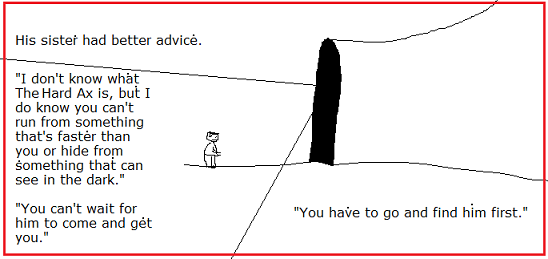
And cave=tunnel.
Edwards calls this the "tyranny of the symbol system" because it dictates to us, forces our hand to draw symbols rather than what we see.
But it isn't simply that we draw using these symbols; we perceive using them as well. I don't bother to see the actual shape of a head because it was never important to; in order to see it for what it really is, I need to practice my perception. It is easy for me to see a news story as a manufactured construct, but it never occurred to me I was seeing every day objects wrong. My tilted computer monitor isn't a rectangle; it's a trapezoid.
So "draw what you see" requires practice perceiving things correctly: without the aid of your symbols. So lesson 1: draw something upside down.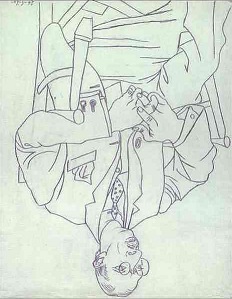 Focus on the lines, not on what you think it is.
Focus on the lines, not on what you think it is.
Symbolic drawing also impairs depth perception, angles, sizes, overlaps. Hold up your hand and point your fingers at your face. How would you draw that? Five long tubes? But in 2D, they're actually irregular stumps.
To relearn perception, Edwards says to hang a piece of glass (or use a window) and place your hand on the other side, close one eye (finally, being a pirate pays off) and draw the outlines you see.
It will feel weird, because you'll want the pencil to go "in" to the glass. Instead, you'll have to draw the line in an unnatural direction that will feel wrong. But practice this exercise enough times and you'll see things differently all the time, you'll be able to switch back and forth between 3D and 2D and witness the impact of perspective in your every day life. Edwards includes the following letter from Van Gogh:
I remember quite well, now that you write about it, that at the time when you spoke of my becoming a painter, I thought it very impractical and would not hear of it. What made me stop doubting was reading a clear book on perspective, Cassange's Guide to the ABC of Drawing; and a week later I drew the interior of a kitchen with stove, chair, table and window - in their places and on their legs - whereas before it had seemed to me that getting depth and the right perspective into a drawing was witchcraft or pure chance.
II.
Though this is a book about drawing, Edwards includes the following quote from George Orwell:
In prose, the worst thing one can do with words is surrender to them. When you think of a concrete object, you think wordlessly, and then, if you want to describe the thing you have been visualizing you probably hunt about until you find the exact words that seem to fit it. When you think of something abstract you are more inclined to use words from the start, and unless you make a conscious effort to prevent it, the existing dialect will come rushing in and do the job for you, at the expense of blurring or even changing your meaning. Probably it is better to put off using words as long as possible and get one's meaning as clear as one can through pictures and sensations.
There is a controversy about whether language expresses thought or creates thought. I don't know. But I do know that language offers a feeling of certainty and masks ignorance.
Your explanation of why Obama or Bush are terrible Presidents are the equivalent of my drawing of a person, the difference is that you can see how my symbolic drawing results in a poor representation of reality, but you are unaware of how your explanations are just as primitive. Take a look at how many times you use a stock phrase or someone else's words ("in my opinion" "it's long been held", "tax and spend" "war of aggression" "fiscal discipline", etc). Cut those out and see what's left. But you'll use more words to cover your revealed ignorance. The problem isn't that you can't express yourself well, the problem, as in drawing, is that you did not perceive well. You relied on symbols, and they made you feel knowledgeable.
No surprise that many "geniuses" report seeing their tasks in two modalities, like the physicist who has a mental image of what the equations represent or the writer who hears his words as music. And when one is stuck at a thought or an emotion, it is helpful to translate pictures into words and words into pictures. (1)
III.
Next lesson: negative space. When you draw a chair, your mind is focused on the shape of the chair, but as this is a 2D drawing the spaces in between the chair are just as real. You should be able to draw a chair by drawing everything else but the chair:
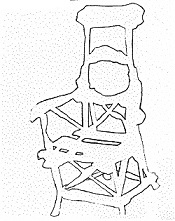
This forces you to pay attention to the shape of the negative space, and also the contents of the negative space.
The analogy to media images is to "see" what isn't there: how is the story constructed out of what is not shown? A typical media maneuver is to show a story without showing you the media itself, because seeing it tells a different story. So as much as this looks cool and makes you feel a certain way:
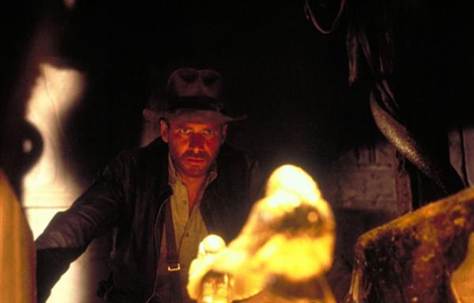
it really looks like this:
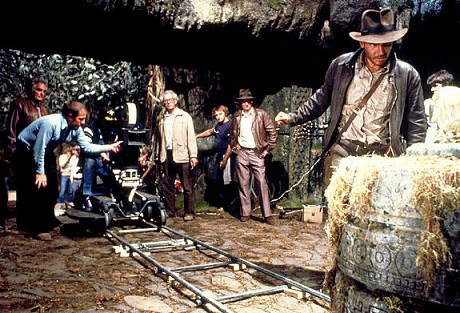
Which doesn't make you feel that kind of way anymore.
You know this, but willingly unknow it to enjoy the movie. But we also willingly unknow that this same setup exists when they're interviewing the President or getting footage of a protest. The top picture doesn't just leave some things out, it leaves almost everything out except one tiny part. The top picture's focus is Indy; what is the bottom picture's focus?
Looking at the bottom picture, try drawing Indy as the product of negative space only. Did you consequently notice the guy behind the idol?
IV.
I've only covered a third of the book, but the three lessons discussed here-- drawing an inverted image, drawing a hand on a glass plate, and drawing the negative spaces are sufficient to improve your drawing immensely.
But I wanted to conduct an experiment.
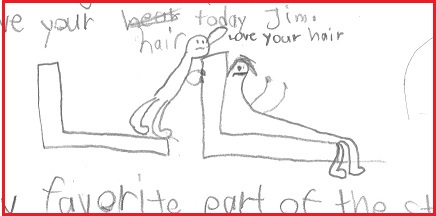
An 8 year old girl with Tourette's "copied" the cover of the Junie B. Jones book as part of a book report. Even the slug and the rabbit are unhappy about how they turned out. My experiment was: could she draw better after practicing those three exercises (inverted drawing, hand behind glass, negative spaces)?
This is the first attempt after practicing the exercises:
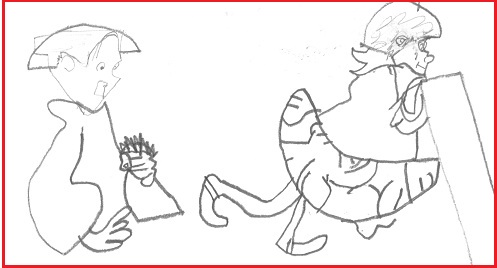 attempt 1
attempt 1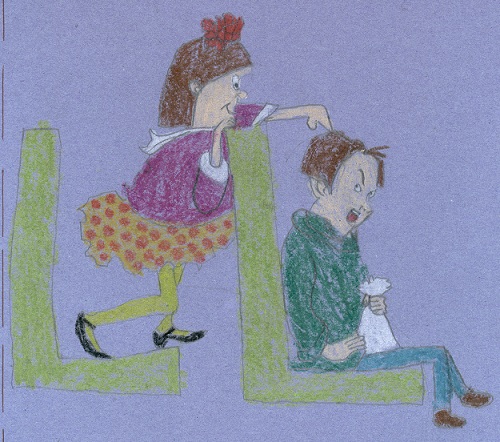 attempt 2
attempt 2I realize this looks like the final, polished result, but it is actually only the third time the girl ever drew this picture; there were no other attempts. Note that it is all free hand pencil outline, with no mistakes (except one, behind Meanie Jim's head.) It's an amazing improvement. She is drawing what she sees.
I'd consider this experiment a success, but there is one more thing that makes it all the more significant and the real point of the experiment. If the problems of drawing are not technical skill but cognitive-- if it is truly a problem of perception and not manual dexterity or talent-- then the real work has to be done by the mind, not the hand. In other words, in order to become a better drawer, she shouldn't need to practice drawing, she needs to practice seeing.
So I made her practice the three Edwards exercises in her head. She never drew her hand using a glass pane; she stared at her posed fingers, and imagined how her pencil would move across an imaginary glass pane.
So what you are seeing is not her third attempt at drawing Junie B Jones and Meanie Jim; it is the third time she touched the pencil.
I will point out a tremendous secondary benefit to self-esteem, and now that she knows how to draw, she wants to draw, reinforcing the maxim that the best way to get a child to like doing something is to make sure they are good at doing it.
I wonder how well someone might learn any skill if they imagine practicing the skill. It might not be as good as actual practice, but how not as good is it?
1. A common misunderstanding about Freudian dream interpretation is that the dream images are explained using words, i.e. "I dreamt of a cigar, and a cigar is a symbol for penis." Dream images may be metaphors and rebuses for unconscious thoughts, but the descriptions of dreams are themselves metaphors and placeholders. Example:
"In my dream I saw Tom go over to Sally who was wearing a really bright white shirt."
What comes to mind when you think about the shirt?
"Just that it was so bright."
What comes to mind when you think of the word, "bright"?
Bright? 'Smart', I guess....
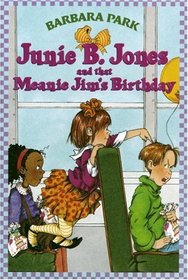
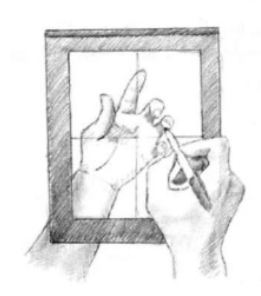
97 Comments